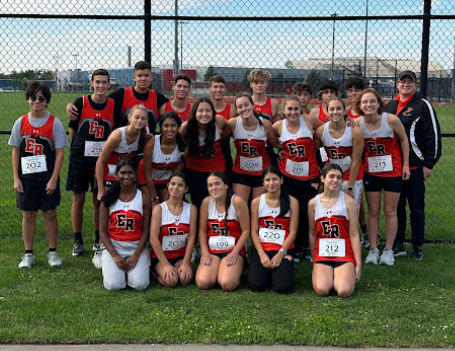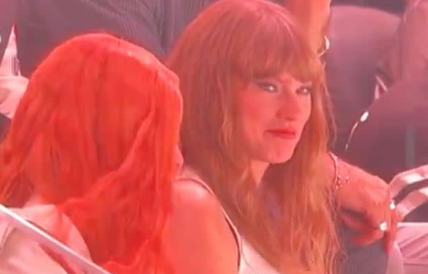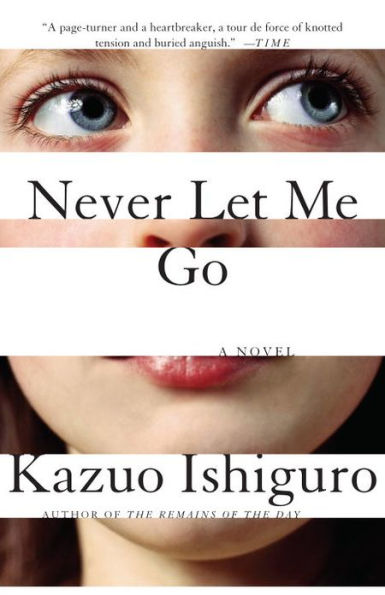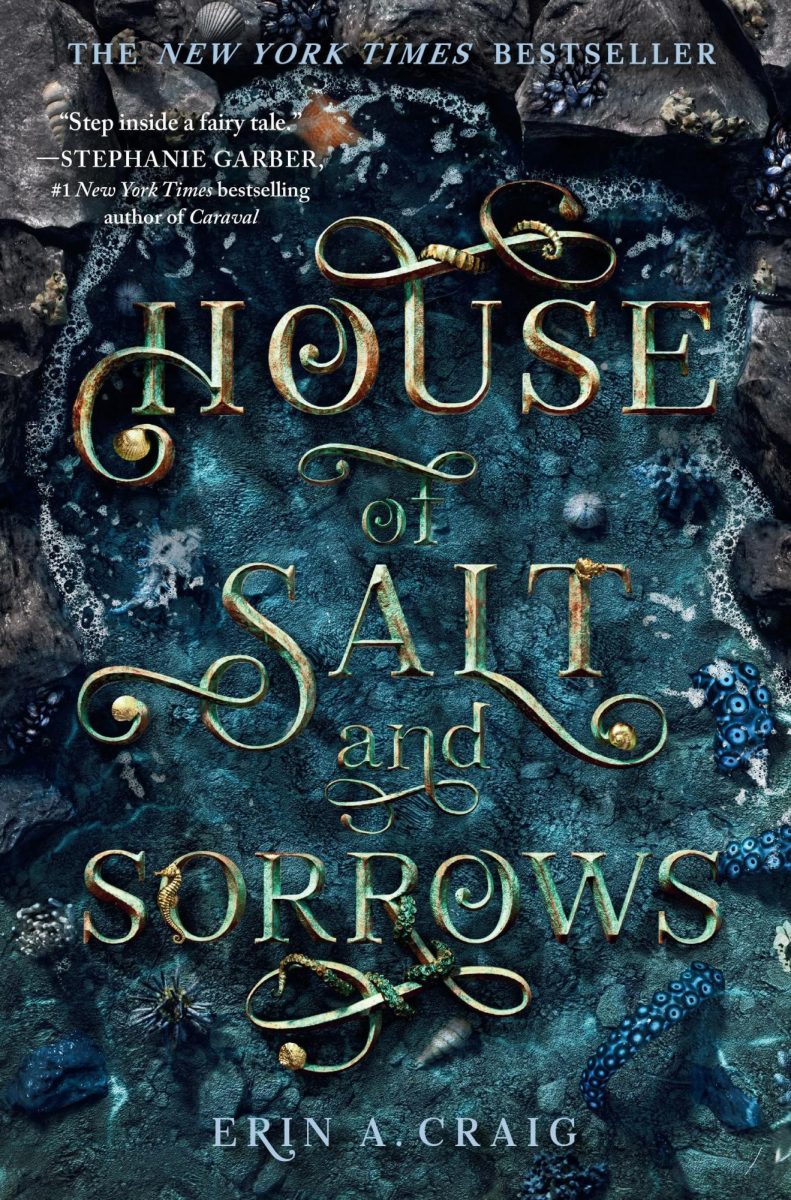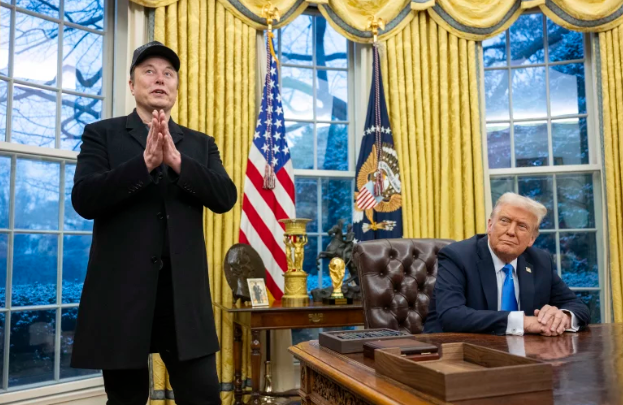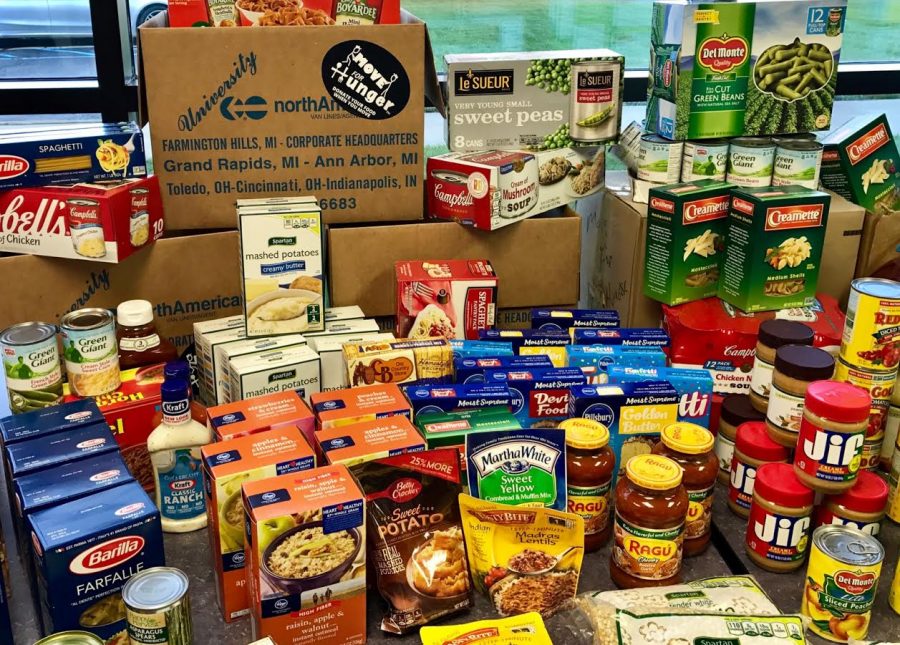“Putting a Band-aid on World Hunger”
November 17, 2020
Have you ever thought about what happens when you put a band-aid on a wound? If it’s a small scrape, then you’re fine and it usually heals within a few days. But if the wound is indicative of a bigger, underlying health issue, then it’s not a solution. The wound begins to fester.
During this time of year, thousands of citizens create and run food drives to help fix a problem of an entirely different nature: world hunger. When thinking about world hunger and ways to prevent it, everyone’s minds usually go to a food drive. A food drive is helpful, but that only helps satiate hunger for a few days, just like a band-aid. And while these food drives are done with the best intentions, their strategies and approaches are akin to putting a band-aid on the serious issue of world hunger.
This year, our AVID class is in the process of running a food drive. Yes, we acknowledge that it is partly a band-aid, but we’re doing more than just running a food drive. We are educating ourselves about the issues related to world hunger so we can begin to problem solve. We started by reading an eye-opening text about food drives and how uneducated most people are on issues such as food insecurity, homelessness, and welfare. Many think that people who are homeless are in their situations because they did not have jobs, but that is not the case. Many homeless people have jobs, but earn a low-paying salary. They want to provide healthy and adequate food for their families, but the cost of high quality, organic food is too high.
“We are doing hunger wrong,” says entrepreneur Jasmine Crowe in a TED Talk about solving world hunger. She also talks about solving another problem, which is food waste. Every week, the average American throws out ridiculous amounts of food. Food waste is also more than what meets the eye. Waste causes climate change, which is terrible for the environment.
The frustrating thing is that these issues can easily fix themselves. Food waste can be recycled to help feed the hungry. The solution is as easy as that. If enough people commit to helping, we can make a difference. “Feed more, waste less,” is one sentence that stood out to me when listening to the TED Talk. There was a pop up grocery store that people could go to and get food without a price tag. There is a chef that shares recipes and samples the food. The people after go home with easy recipes and a reusable grocery bag. Next time you throw out your dinner, think about the people who can not get that kind of food for themselves.
Although food drives cannot cure the world from hunger, we can still make a change. You can begin helping by educating yourself on the various issues related to world hunger. Then, you can help our AVID class by sponsoring a family. In doing so, you can make someone’s day a little better. All you have to do is fill out a form and ask Ms. Isik for a box. You can ask your family and friends to help you fill the necessary amount of food. Our goal is to get twenty to thirty boxes and with your help, we can reach it. Overall, this food drive might only be a baby step to ending world hunger, but it will help. Doing something is better than doing nothing.








